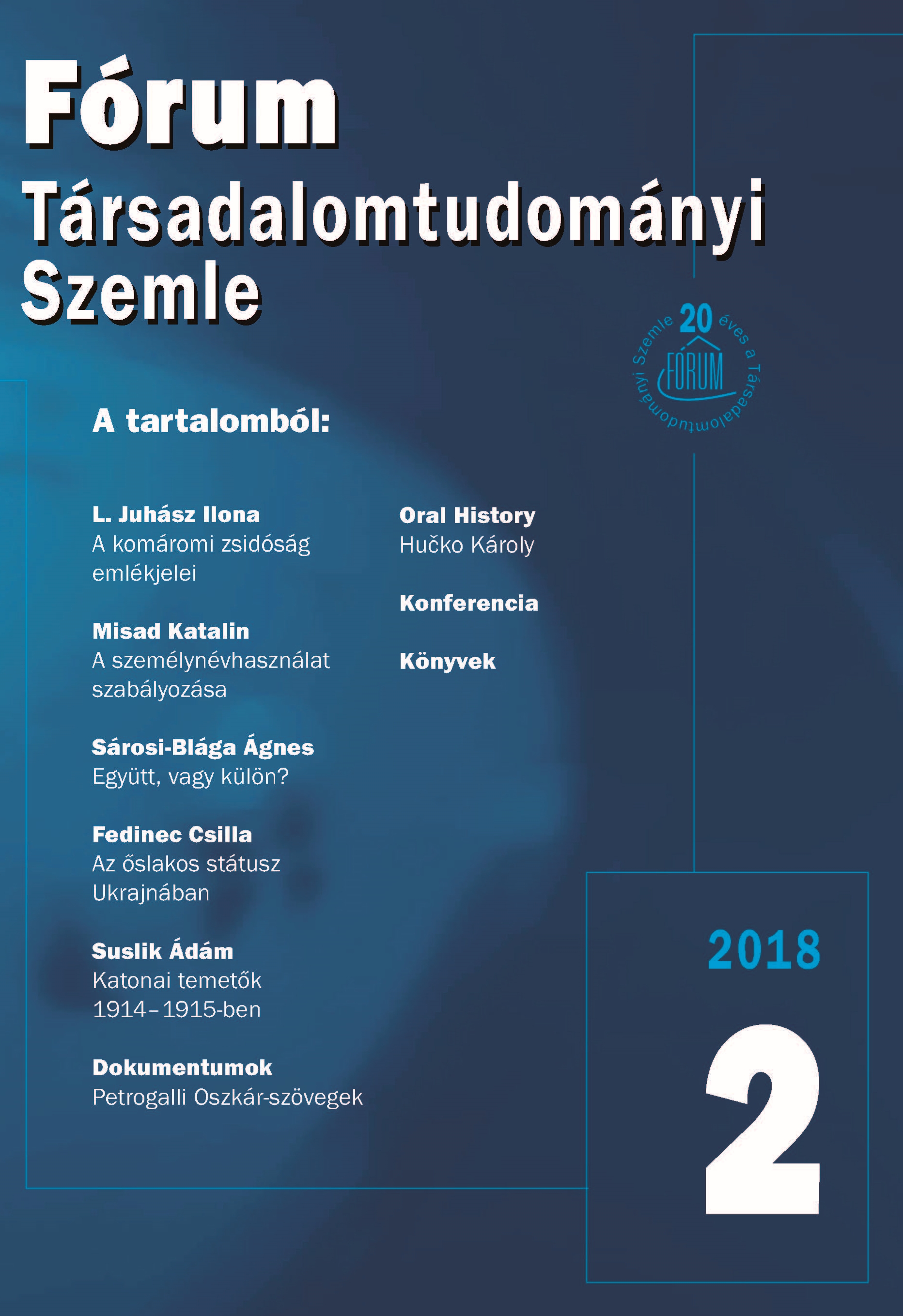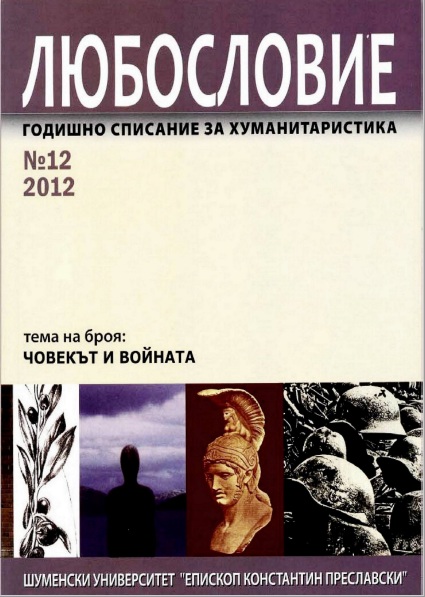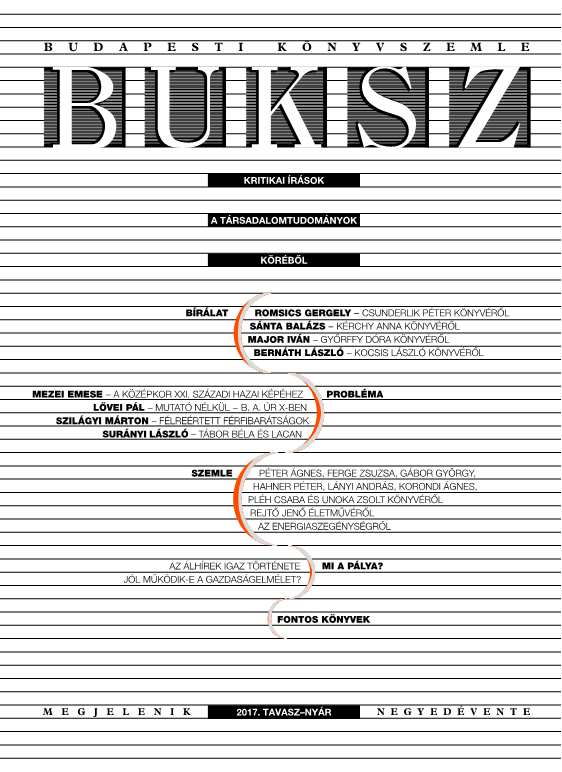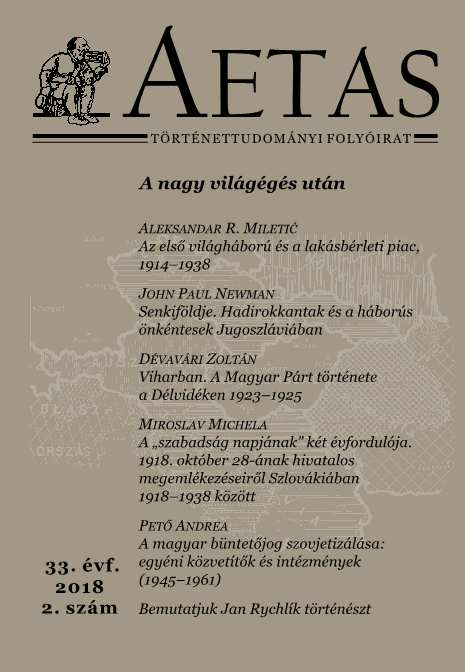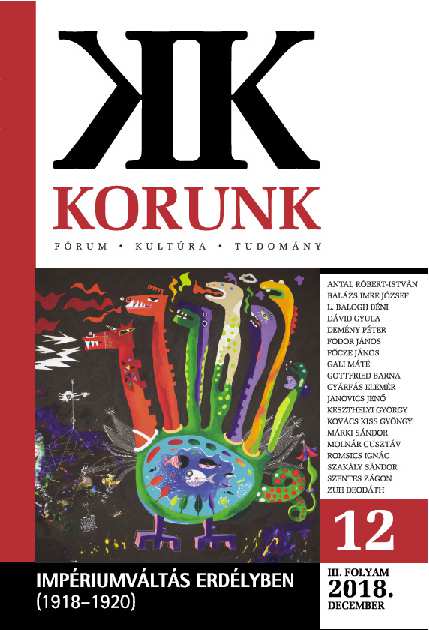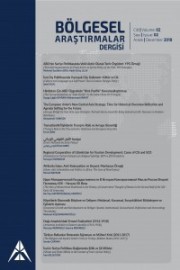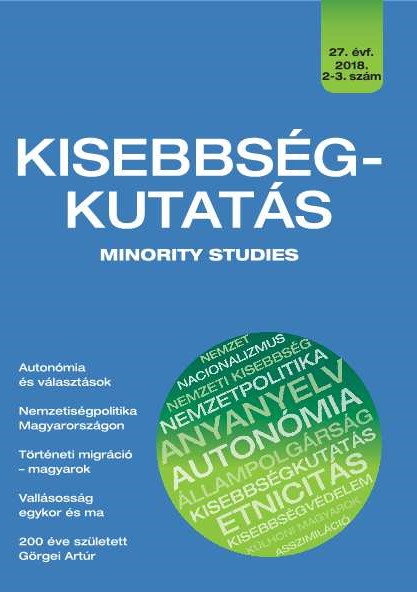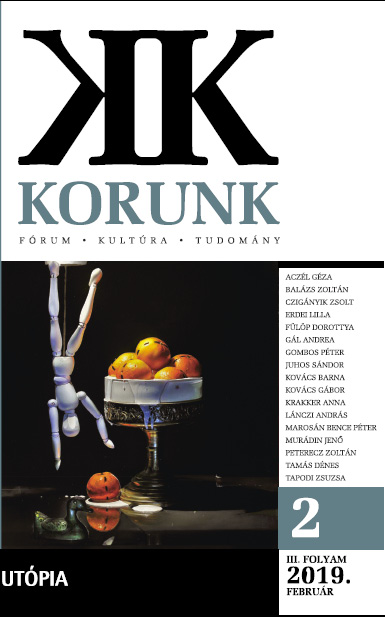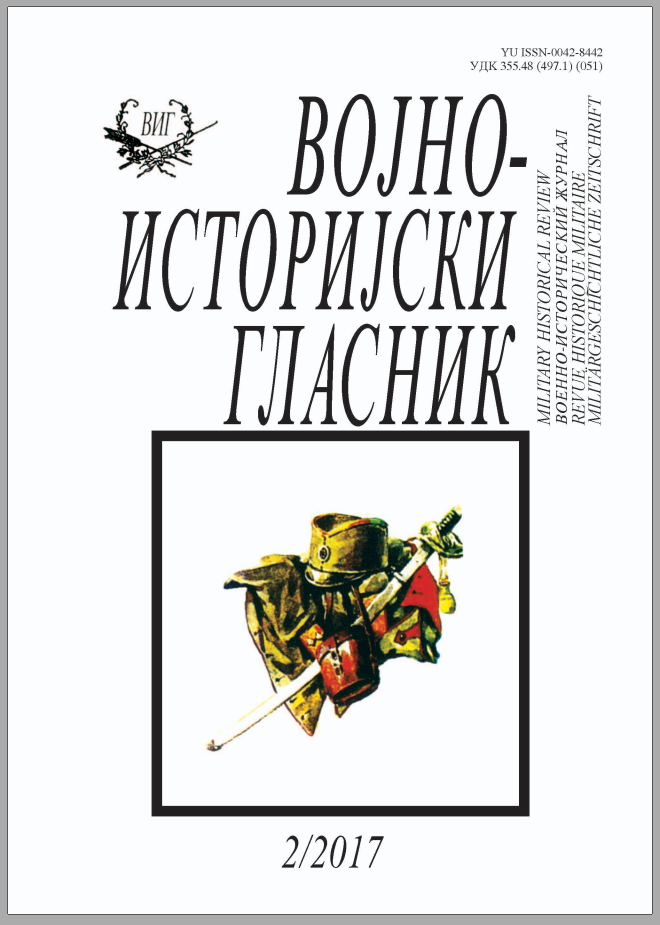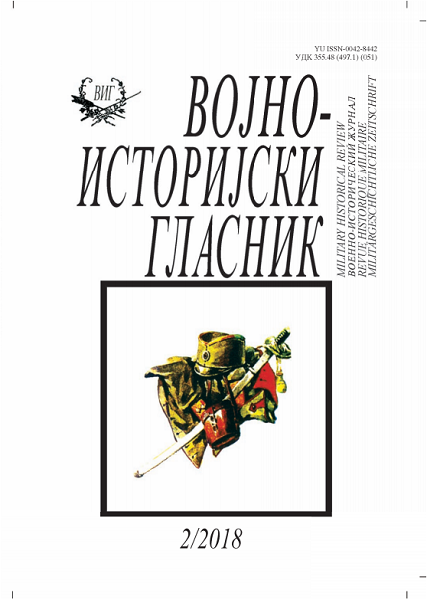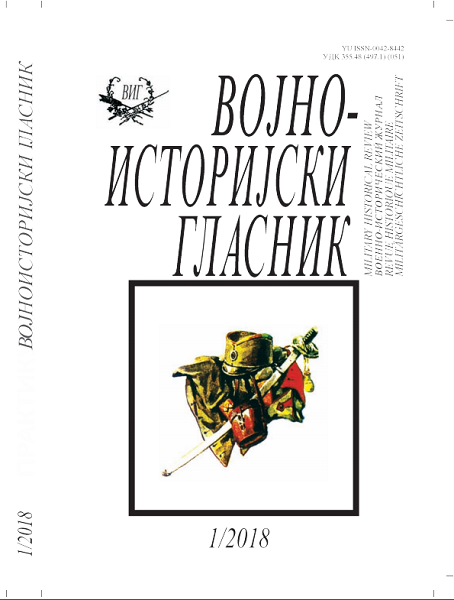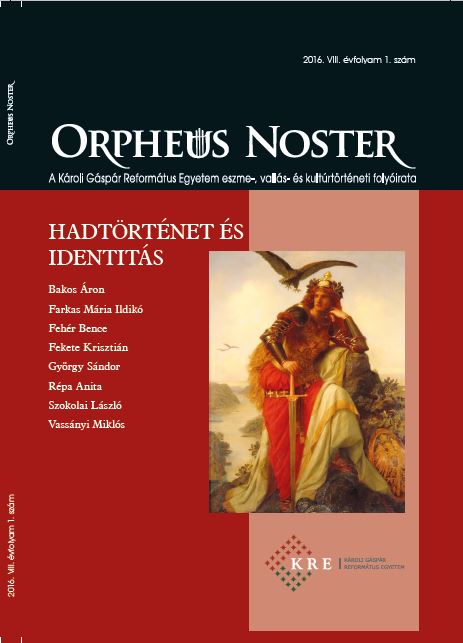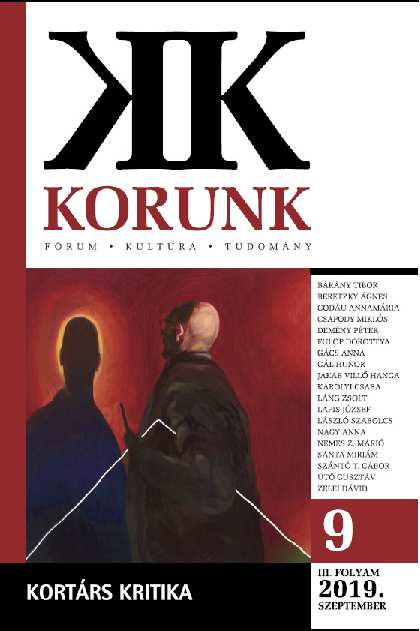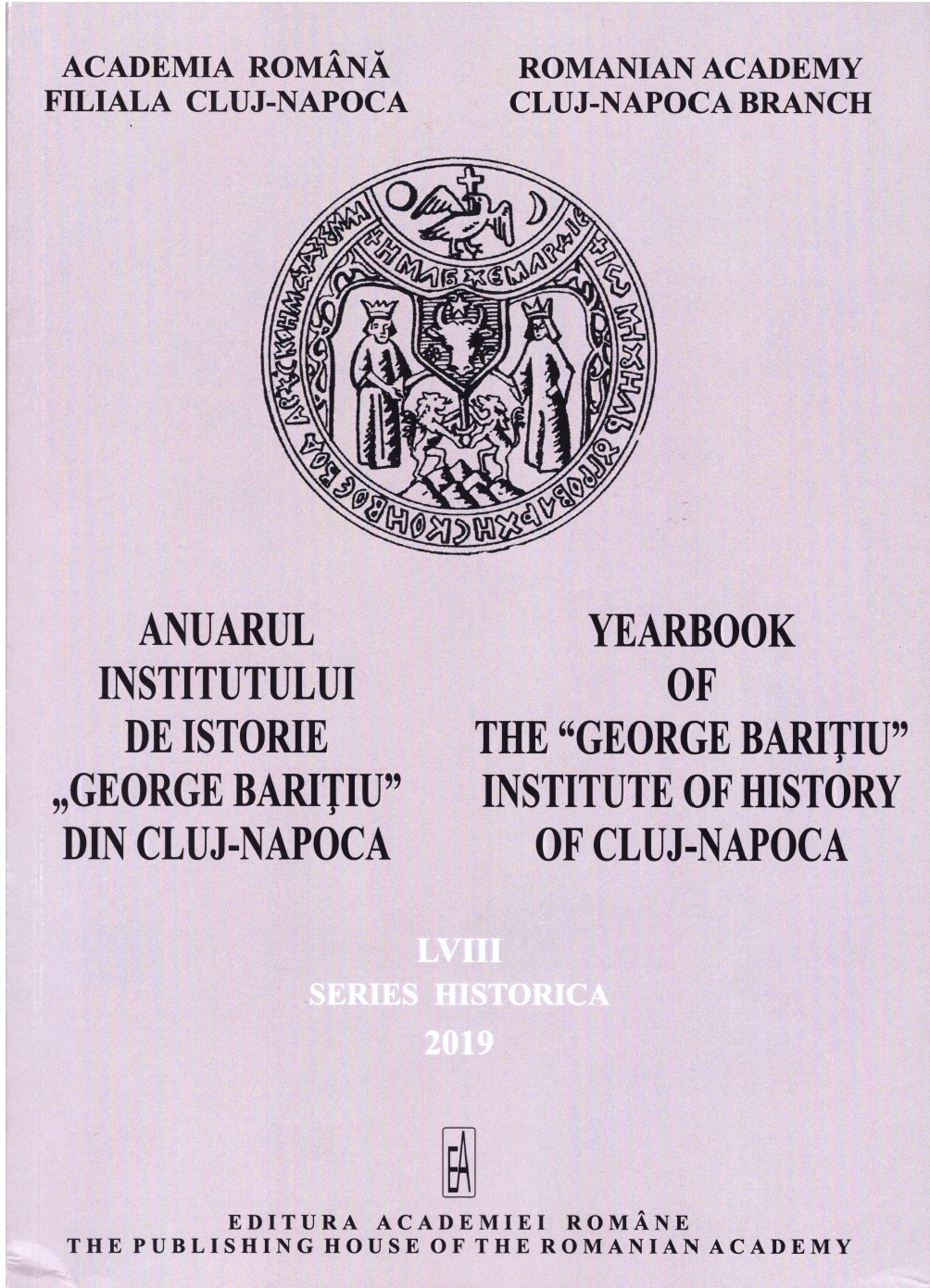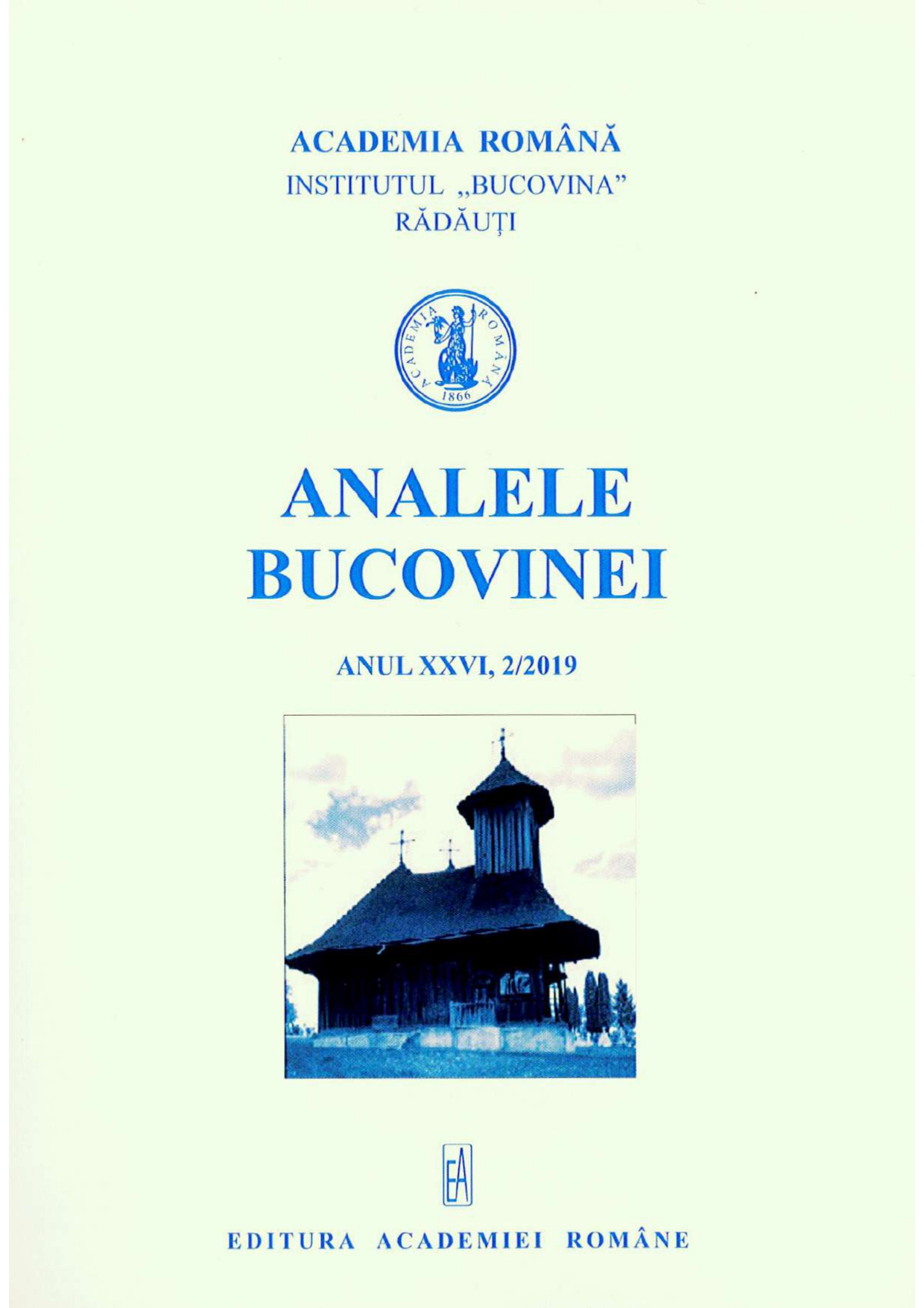Az első világháború kitörése és az osztrák–magyar Albánia-projekt
During its half-century-long existence, Austria-Hungary's diplomacy always paid special attention to the Balkans. With a little exaggeration, we could argue that Austro-Hungarian foreign policy was more or less a Balkan policy, inasmuch as the foreign affairs of the empire almost always bore some relevance – at least indirectly – to the Balkans. From the last two decades of the 19th century, this policy towards the Balkans was showing an ever growing interest in the Albanian question. A plan to create a nominally independent Albania, which in reality would have been under Austro-Hungarian influence, was among the long-term foreign policy goals of the Monarchy since 1906, after Aehrenthal had taken office, but it was only during the Balkan Wars that it became manifest. The Albanian state that emerged in 1913 was only partly in accordance with the Austro-Hungarian plans. Taking advantage of the fact the Monarchy's military was busy elsewhere, its greatest rival, Italy, which remained neutral in the First World War that broke out in the summer of 1914, did secure important positions in Southern Albania. The mere preservation of the neutrality of Italy demanded great sacrifices from Austria-Hungary, therefore the government in Vienna was bound to acquiesce in temporarily giving up its plans related to the Western Balkans. Russia's entering the war on the side of the Entente as well as the end of the Triple Alliance gave more leeway to the Monarchy's foreign policy. After the successful campaign against Serbia in 1915, realizing the Austro-Hungarian Albania project was within reach again. However, soon it turned out that the Monarchy was unable to defend its interest against both Italy, which had become an enemy in the meantime, and its own German and Bulgarian allies.
More...
